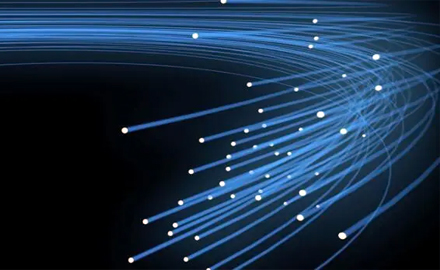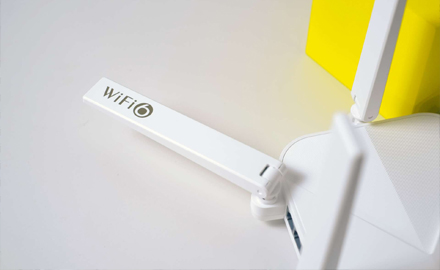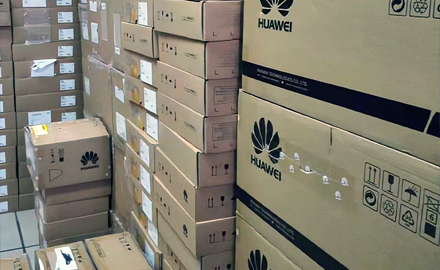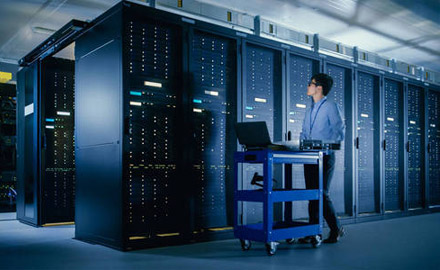Understanding 10GbE (10 Gigabit Ethernet) involves grasping the basics of Ethernet and its evolution to higher speeds. Here are the key points to help you understand 10GbE:
1. Ethernet Basics: Ethernet is a widely used networking technology that allows devices to communicate over a local area network (LAN). It employs a set of protocols and standards that define how data is transmitted between devices using cables and switches.
2. Gigabit Ethernet (GbE): Gigabit Ethernet is an Ethernet standard that supports data transfer rates of 1 gigabit per second (Gbps), or 1000 megabits per second (Mbps). It offers significantly faster speeds than the previous Fast Ethernet standard, which operated at 100 Mbps.
3. Evolution to 10GbE: As network demands increased, the need for higher bandwidth became evident. 10GbE emerged as the next step in Ethernet's evolution, providing data transfer rates of 10 Gbps, or 10,000 Mbps. It delivers ten times the speed of Gigabit Ethernet.
4. Uses and Applications: 10GbE is primarily utilized in scenarios that require ultra-high-speed data transfer, such as data centers, enterprise networks, and storage systems. It enables faster file transfers, supports real-time multimedia streaming, and accommodates the growing demand for cloud computing and virtualization.
5. Infrastructure Requirements: Implementing 10GbE typically involves upgrading networking equipment, including switches, routers, and network interface cards (NICs) in connected devices. These components must be designed to handle the increased bandwidth and meet the specifications of the 10GbE standard.
6. Fiber Optic and Copper Cabling: 10GbE can be implemented using either fiber optic or copper cabling, depending on the specific requirements of the network. Fiber optic cables are capable of longer distances and higher speeds, while copper cables are more cost-effective for shorter connections.
7. Compatibility: 10GbE is backward compatible with lower-speed Ethernet standards. This means that devices supporting 10GbE can still communicate with devices operating at lower speeds, such as 1 GbE or 100 Mbps.
8. Higher Speed Ethernet: Beyond 10GbE, there are additional Ethernet standards like 25GbE, 40GbE, 50GbE, and 100GbE, each providing higher data transfer rates. These standards cater to specialized applications demanding even greater bandwidth.
Understanding 10GbE involves comprehending its purpose, the technology it builds upon, its infrastructure requirements, and its applications in high-speed networking scenarios.


 What is the Role of EDFA in FTTH?
What is the Role of EDFA in FTTH?
 The Difference Between AX1800 ONU and AX3000 ONU
The Difference Between AX1800 ONU and AX3000 ONU
 How are Huawei OLTs Classified?
How are Huawei OLTs Classified?
 The Future Trend of Optical Line Terminals (OLTs)
The Future Trend of Optical Line Terminals (OLTs)